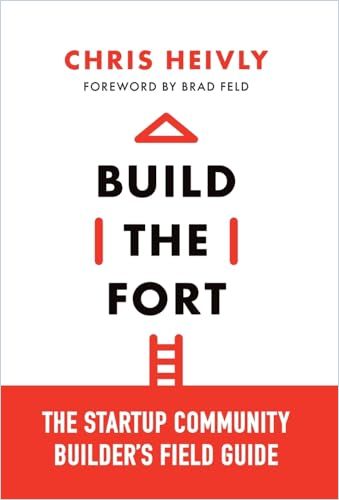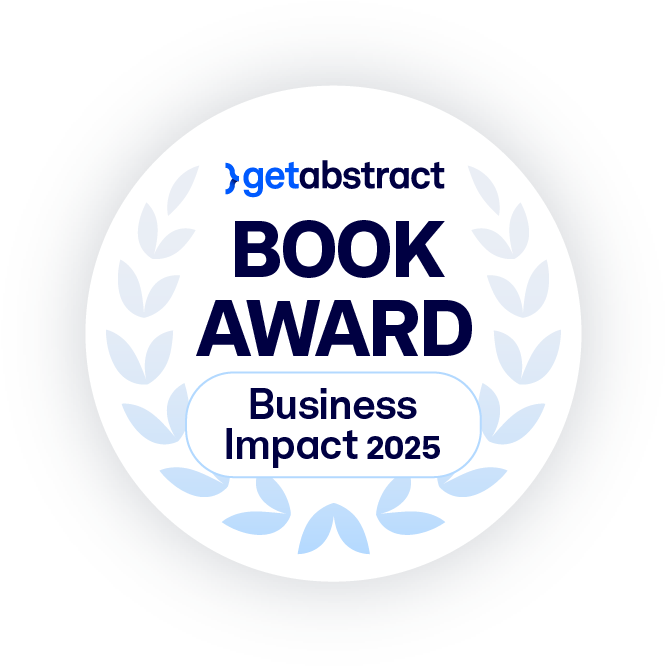MapQuest co-founder Chris Heivly, managing director of The Startup Factory, provides a clear process for building a start-up community.

Start Me Up!
A Startup Community
Chris Heivly, co-founder of MapQuest, provides the basic principles for launching a startup community. First, he says, if you want to build a successful startup community, don’t compare your nascent community to any other. Each one is singular. And from the outset, put an innovative entrepreneur in charge, not a traditional business leader.
Great community leaders support each other’s efforts — it’s not about hierarchy or super coordination. It is simply about supporting fellow passion projects.Chris Heivly
Startup communities are, by nature, networks and not hierarchies. Participants don’t assume narrowly assigned roles, such as CEO. The initial members are usually entrepreneurs or company founders, but they may also include people who support entrepreneurs and entrepreneurship, educational foundations, government agencies, community or business organizations, regional businesses, investors, and the media.
Heivly is clear that building a startup community isn’t easy, but it is worthwhile. He suggests establishing a strong network of contacts who will want to be part of your community and can provide resources, including time, money, information, and a place to work. The community’s leaders need the credibility to persuade people to work with them. However, they should anticipate including and working with people they don’t know well and haven’t yet learned to trust.
To manage your risk if you are launching a startup community, create simple, actionable guidelines for everyone to follow. Establish the basic frameworks — assets, community, maturity, development, and engagement — that provide structure. Set short-term goals. Modest early successes build momentum and a collective sense of purpose. Success creates more success.
And, Heivly notes, a startup community is an amazing experiment, so have fun with it. To search for the right supporters, you can stage events or activities that bring like-minded people together — dinners for potential founders, competitions for new business ideas, and workshops for exploring and developing innovation and relevant skills.
Stages of maturity
The attitudes and mindset of the people you bring into your community matter. Participants should accept the nonhierarchical structure and put the community first.
Startup communities cycle through several stages of maturity: nascent, developing, emerging, and leading. A community’s maturity level partly dictates which activities its members should pursue and when they should push the community to the next level.
As you develop your community or build an entrepreneurial ecosystem, Heivly advises, determine which of these stages it has reached.
In the Nascent stage, the leaders are beginners and lack experience. Their startups haven’t yet attracted angel investors or collaborators from the business community or from local institutions, such as universities.
In the Development stage, community programs and activities produce results and connections. A few investors come on board, and the community’s ecosystem may connect with ambitious founders and their companies.
Your first task is to understand where your community is today so as to determine what needs to be fixed, altered, or augmented — or maybe you need to blow it up and start over.Chris Heivly
The Emerging stage is when the startup community or ecosystem develops founders and leaders, and makes measurable progress in terms of revenue, participants, and enthusiasm. Corporations show interest, and universities start to collaborate.
Your community has reached the Mature stage when it becomes a hotbed of entrepreneurial activities. Government entities provide support, and money arrives from a range of investors. You’ve arrived when people quit their corporate jobs, move into your ecosystem, and start new companies.
Leaders and Founders
When you establish your startup community and ecosystem, and determine its stage of maturity, formulate your strategic plan. Make it specific to your region, collaborators, and available resources and data.
To launch decisive action with all its risks, perform a broad audit of the resources you have available and determine whether they meet your needs. Just as entrepreneurs need financial resources, startup communities need adequate investors and available cash. If your startup community involves high-tech companies you hope will grow fast, you need founders with experience and employees with appropriate, specialized skills. You also need sufficiently capable local people to fill support staff roles, as well as a local culture that supports the overall startup community mindset.
True community leadership comes from the people who naturally operate with and build meaningful connections regardless of where their new peer partners come from.Chris Heivly
Once you pull everything together, Heivly says, you can launch your startup community. Prioritize the needs of the nascent stage, particularly developing leaders and founders.
Your leaders and founders are responsible for driving the startup community’s crucial momentum through the stages of ecosystem maturity. Leaders help startup companies build their ecosystems, push community growth, develop the right people, and support an inclusive vision. Ecosystem leaders mentor the next generation of leaders and entrepreneurs and make sure that everyone follows the principles that drive community development.
Measure Progress
People, communities, and companies measure their progress toward their goals quantitatively. In industry, educational institutions, and government, measurement makes people feel as if they’re in control. However, an excessive focus on measurement can have a negative impact on a startup’s strategy. The factors that a startup finds easiest to measure may not be the elements with the most long-range influence.
Too many communities are optimizing for activities that the community is not mature enough to take advantage of as yet.Chris Heivly
These elements differ among startups. To identify them, Heivly suggests asking these questions. Who in the start-up community exerts the most influence? Which relevant events prove the most successful? Where does investment money consistently come from? Which clients have the most positive attitude toward the community? Are the community’s founders and leaders staying committed, or are they leaving to pursue other opportunities?
The success of startup communities hinges on the success of their founders. Stay in touch with how your leaders feel about the ongoing development of your fledgling community.
Practical Cheerleading
Chris Heivly, who wrote his book based on his 2014 TEDx talk about startup communities, calls upon his vast experience and admirable success to create a manual that fulfills its subtitle’s mission as a practical guide. He offers clear advice in simple sentences and avoids abstractions. Don’t wait for exhaustive data or the perfect moment, Heivly urges. Just start. Be assured, he says, that the world will welcome innovators who are determined to make an impact. The author’s optimism, enthusiasm, and precisely stated vision combine to create something rare in business how-to works: cheerleading grounded in reality. Heivly directs his all-inclusive guidance to beginners who need a sound strategic overview as they contemplate those daring first steps to launching their start-up communities.











